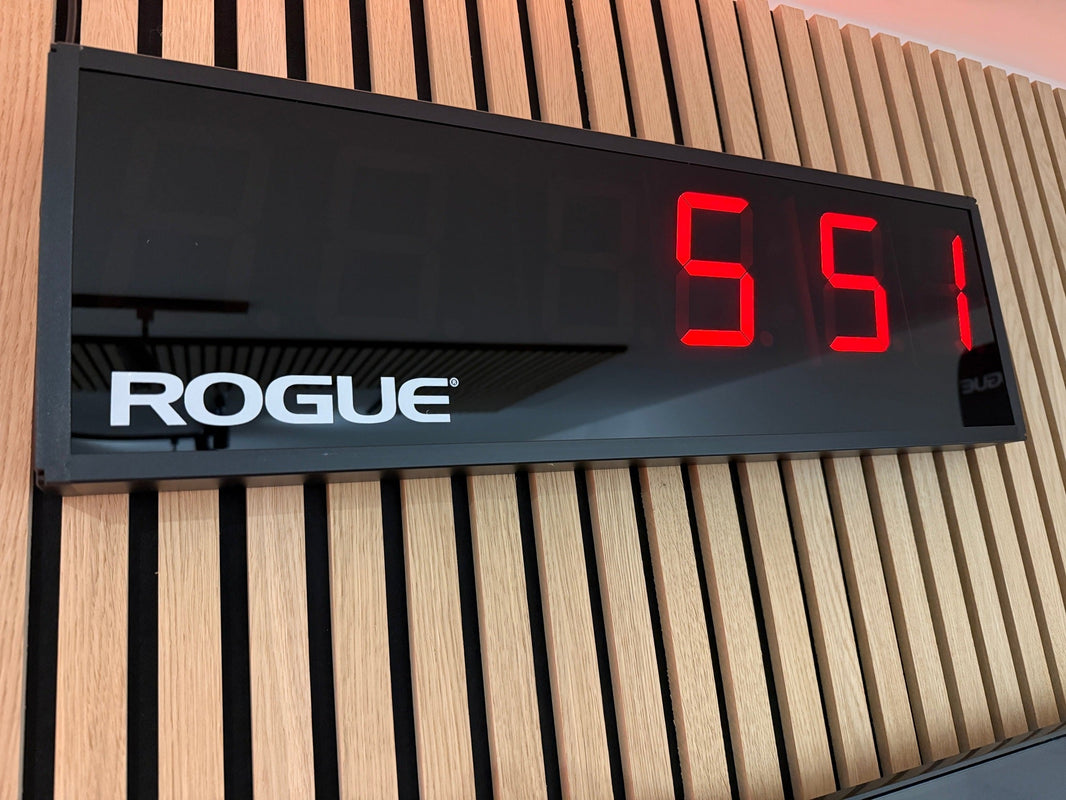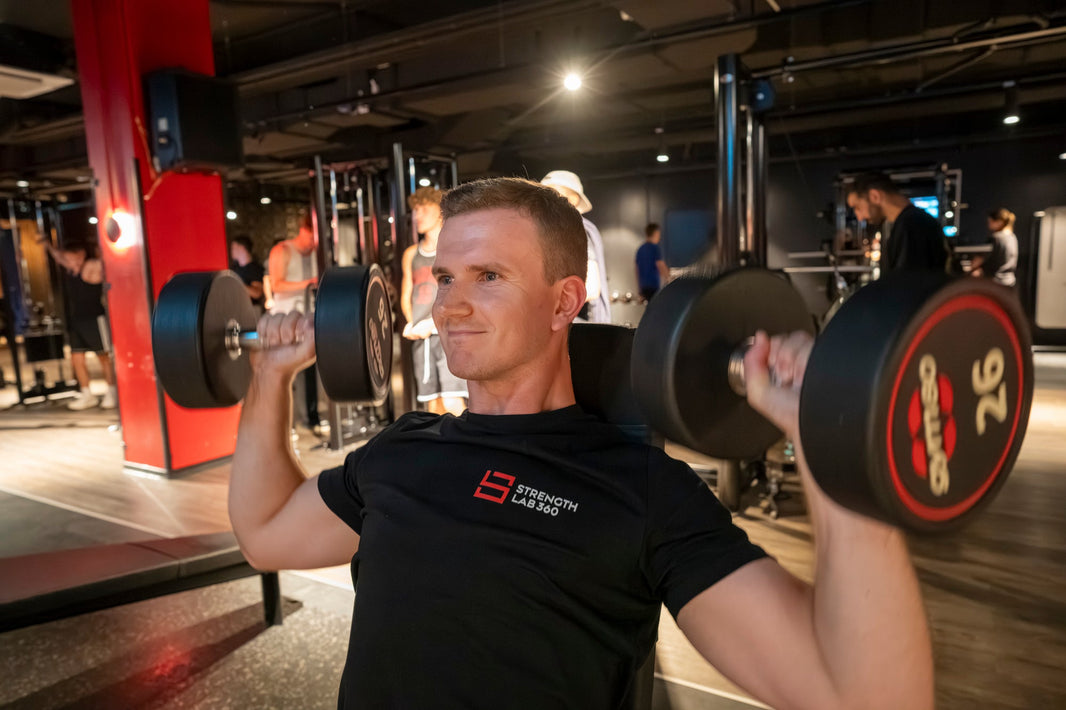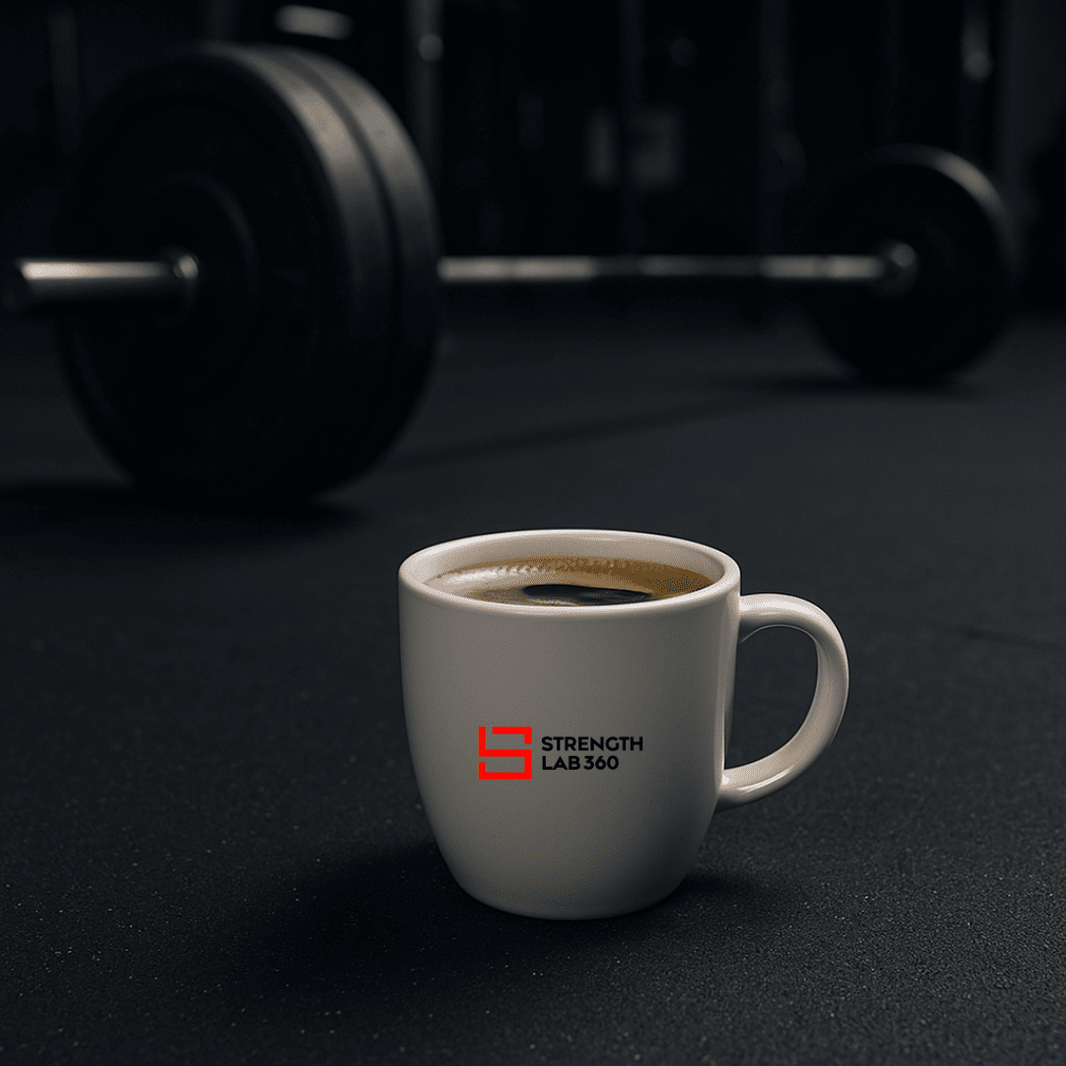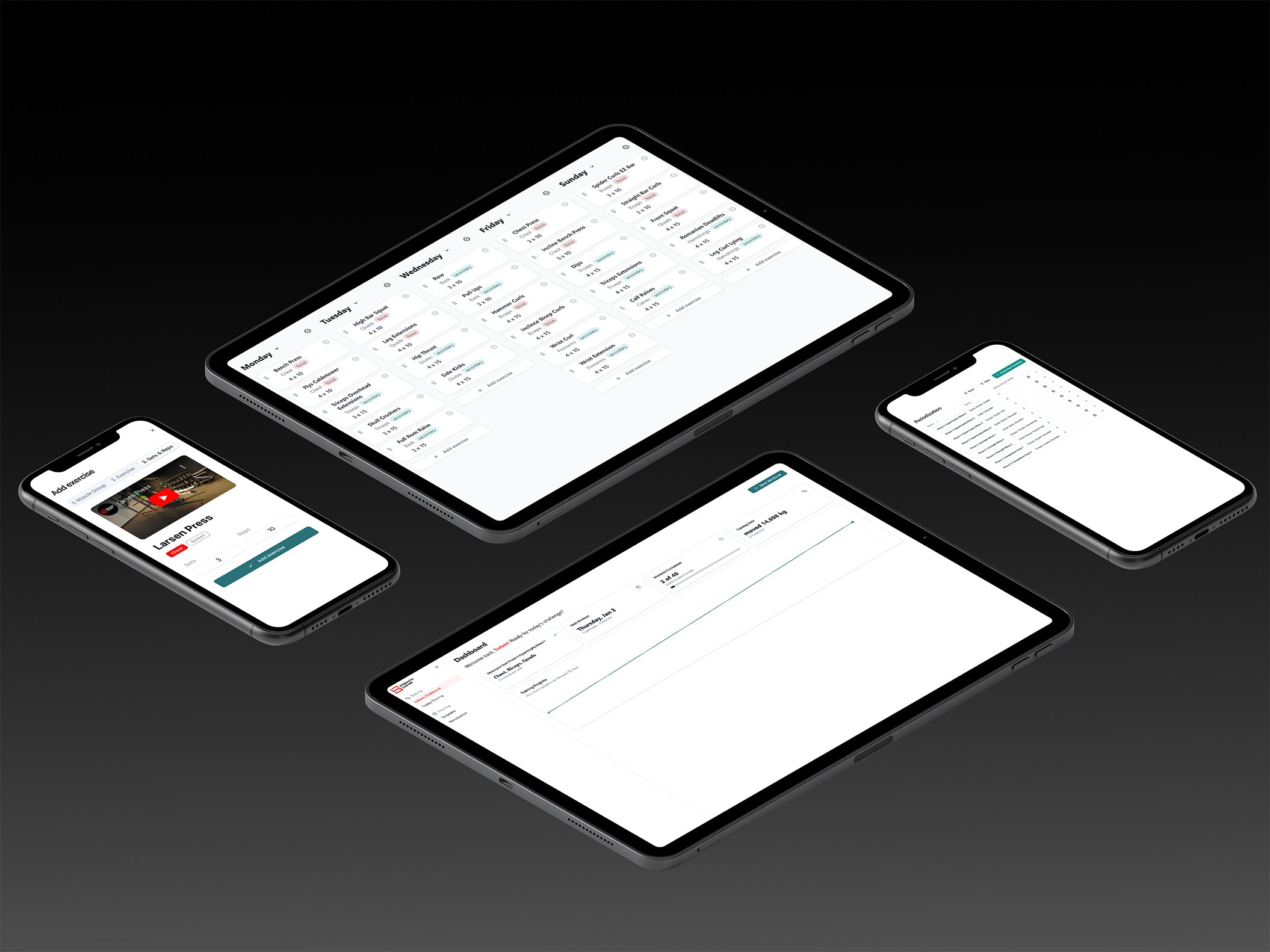Building a Personalized Strength Training Program: The Complete Guide
In today’s fast-paced world, personalized strength training programs have become essential for achieving fitness goals efficiently and safely. With an overwhelming amount of information available, tailoring a program that fits your unique needs, goals, and lifestyle is more important than ever. This comprehensive guide will walk you through the steps to create a personalized strength training plan backed by the latest scientific research.
Moreover, we’ll introduce how tools like the StrengthLab360 App can simplify this process by providing customized workouts and tracking progress in real time, ensuring you stay on the right path.
Crafting Your Personalized Strength Training Program: A Guide
Understanding the Importance of Personalization
Every individual is unique, with different body types, fitness levels, and goals. Personalizing your strength training program ensures that you’re not following a one-size-fits-all approach, which can lead to suboptimal results or even injuries.
Recent scientific studies highlight that personalized training plans lead to better adherence, increased motivation, and superior outcomes compared to generic programs. By tailoring your workouts, you can focus on specific muscle groups, correct imbalances, and progress at a pace that’s right for you.
Setting Clear Fitness Goals
Before diving into exercise selection and programming, it’s crucial to establish what you aim to achieve.
Short-term vs. Long-term Goals
- Short-term Goals: Targets achievable within weeks or months (e.g., increasing your bench press by 10 pounds).
- Long-term Goals: Objectives that require several months to years (e.g., preparing for a bodybuilding competition).
SMART Goal Framework
Utilize the SMART criteria to define your goals:
- Specific: Clearly define what you want to accomplish.
- Measurable: Quantify your progress.
- Achievable: Set realistic goals based on your current fitness level.
- Relevant: Ensure your goals align with your overall objectives.
- Time-bound: Set a deadline to stay motivated.
Setting clear goals provides direction and purpose, making it easier to design a program that meets your needs.
Assessing Your Current Fitness Level
An honest assessment helps in creating a program that’s challenging yet attainable.
Physical Assessments
- Strength Tests: Evaluate your one-rep max (1RM) for major lifts like squats, deadlifts, and bench presses.
- Flexibility Tests: Assess your range of motion in joints and muscles.
- Endurance Tests: Measure how long you can perform certain activities (e.g., plank hold duration).
Identifying Strengths and Weaknesses
Understanding your muscle imbalances or areas that need improvement allows you to focus your training effectively. For instance, if you have a weaker lower back, incorporating specific exercises can strengthen it and prevent injuries.
The StrengthLab360 App can assist in this assessment phase by guiding you through standardized tests and logging your results, providing a solid foundation for your personalized program.
Designing Your Strength Training Program
With goals set and assessments completed, you can start crafting your personalized program.
Selecting the Right Exercises
- Compound Movements: Exercises like squats, deadlifts, and bench presses that work multiple muscle groups.
- Isolation Movements: Target specific muscles (e.g., bicep curls, leg extensions).
- Functional Exercises: Movements that mimic everyday activities, improving overall functionality.
Choosing the right mix of exercises ensures a balanced program that promotes overall strength and addresses specific needs.
Determining Sets, Reps, and Rest Periods
- Hypertrophy (Muscle Growth): Typically involves 3-5 sets of 5-20 reps with moderate rest.
- Strength: Focuses on 4-6 sets of 1-6 reps with longer rest periods .
- Endurance: Involves higher reps (20+) with shorter rest.
Implementing Progressive Overload
To continue making gains, you must gradually increase the demand on your muscles.
- Increase Weight: Add small increments to your lifts.
- Increase Volume: Add more sets or reps.
- Decrease Rest Time: Challenge your muscles by reducing recovery periods.
The StrengthLab360 App does all the math for you. Based on the latest research and in real time, our algorithm adjusts your optimal training volume, taking the guesswork out of progression. As you input your workout data, the app calculates the appropriate increases in weight or volume, ensuring you’re consistently challenging your muscles without overtraining.
Incorporating Recovery and Nutrition
Recovery and nutrition are as important as the workouts themselves.
Importance of Rest Days
Muscles grow during rest, not while you’re training. Ensure you have at least 1-2 rest days per week to allow for recovery. Overtraining can lead to injuries and hinder progress.
Nutritional Guidelines
- Protein Intake: Consume 1.6-2.2 grams per kilogram of body weight daily to support muscle repair and growth.
- Carbohydrates: Provide energy for intense workouts; focus on complex carbs like whole grains.
- Fats: Essential for hormone production and overall health; include healthy fats from sources like avocados and nuts.
- Hydration: Stay well-hydrated to support all bodily functions and optimize performance.
Proper nutrition fuels your body and maximizes the results of your training efforts.
Tracking Progress and Making Adjustments
Consistent monitoring ensures you’re on track to meet your goals.
Monitoring Performance
- Workout Logs: Record exercises, sets, reps, and weights.
- Body Measurements: Track changes in body composition, such as muscle mass and fat percentage.
- Performance Tests: Re-assess strength and endurance periodically.
Adjusting Your Program
If you notice a plateau or that certain exercises aren’t effective, don’t hesitate to tweak your program. This flexibility keeps your workouts efficient and aligned with your goals.
StrengthLab360 simplifies this process by providing real-time feedback and adjustments. The app analyzes your performance data to adjust your training load accordingly to help you get the most out of your training.
Leveraging Technology: StrengthLab360 App
In the digital age, technology can significantly enhance your training experience. The StrengthLab360 App is a powerful tool designed to assist you in building and maintaining a personalized strength training program, adjusting your training volume based on the latest scientific research and in real time.
Personalized Workout Plans
- Tailored Exercises: The app creates workout routines based on your fitness level, goals, and preferences. Our plans are designed according to the latest scientific research, ensuring you get the best out of your training time.
- Scientific Backing: Choose from scientifically backed templates or create your custom plan. The app’s algorithm ensures that every exercise, set, and rep is optimized for your specific needs.
Real-Time Progression Adjustments
- Adaptive Algorithm: As you progress, the app adjusts your training volume in real time based on your feedback and performance data. This ensures you get the most out of your training.
- Optimal Training Volume: By calculating the ideal increases in workload, the app helps you implement progressive overload effectively.
Progress Tracking and Analytics
- Comprehensive Logs: Easily record your workouts, including exercises, sets, reps, and weights.
- Data Insights: Visualize your progress through charts and graphs, helping you identify trends and areas for improvement. Detailed analysis of your training allows for informed decisions about adjustments to your program.
Community and Expert Support
- Connect with Peers: Join a community of like-minded individuals for motivation, support, and shared experiences.
- Access to Experts: Get advice from Certified StrengthLab360 Coaches to refine your program further. With 1:1 chat functions and the option to upload videos for instant feedback on form, you can enhance your training even more.
Why StrengthLab360 App is Beneficial
- Simplifies Personalization: Crafting a personalized program can be overwhelming. StrengthLab360 takes the guesswork out by providing customized plans tailored to you, adjusting your plan in real time based on your feedback to ensure you get the most out of your training time.
- Real-Time Adjustments: The app’s algorithm continuously adapts your program, ensuring optimal progression without plateaus.
- Expert Guidance: If you don’t want to train alone, you can connect with one of our Certified StrengthLab360 Coaches to further enhance your training. Personalized coaching offers accountability and professional insights.
- Maximizes Efficiency: By handling the complex calculations of progression and volume, StrengthLab360 allows you to focus on your workouts, making the best use of your training time.
With StrengthLab360, you’re equipped with a comprehensive tool that not only designs your program but also evolves with you, ensuring continuous improvement and engagement.
Conclusion
Building a personalized strength training program is a dynamic process that evolves with you. By understanding your goals, assessing your fitness level, designing a tailored workout plan, and incorporating recovery and nutrition, you’re setting yourself up for success.
Remember, consistency is key, and leveraging tools like the StrengthLab360 App can significantly enhance your training experience. With personalized plans, real-time progression adjustments, progress tracking, and expert support, the app ensures you stay on course to achieving your fitness aspirations.
Embark on your strength training journey today, and let personalization be the catalyst for your success. With StrengthLab360 by your side, unlocking your full potential has never been more attainable.
Scientific Studies and Reviews
Importance of Personalization in Training
-
Benefits of Personalization:
- Kraemer, W. J., & Fleck, S. J. (2007). Optimizing Strength Training: Designing Nonlinear Periodization Workouts. Human Kinetics. Book Reference
- Helms, E. R., et al. (2014). Evidence-Based Recommendations for Natural Bodybuilding Contest Preparation: Nutrition and Supplementation. Journal of the International Society of Sports Nutrition, 11(1), 20. Link
-
Adherence and Outcomes with Personalized Programs:
- Foster, C., et al. (2001). A New Approach to Monitoring Exercise Training. Journal of Strength and Conditioning Research, 15(1), 109–115. Link
Setting SMART Goals
-
Goal-Setting Framework:
- Locke, E. A., & Latham, G. P. (2002). Building a Practically Useful Theory of Goal Setting and Task Motivation. American Psychologist, 57(9), 705–717.
-
Relevance of SMART Goals in Fitness:
- Moran, A. (2016). The Psychology of Concentration in Sport Performers. Routledge. Book Reference







